In Photos: Polar Bear Knut's Life
Knut with zookeeper
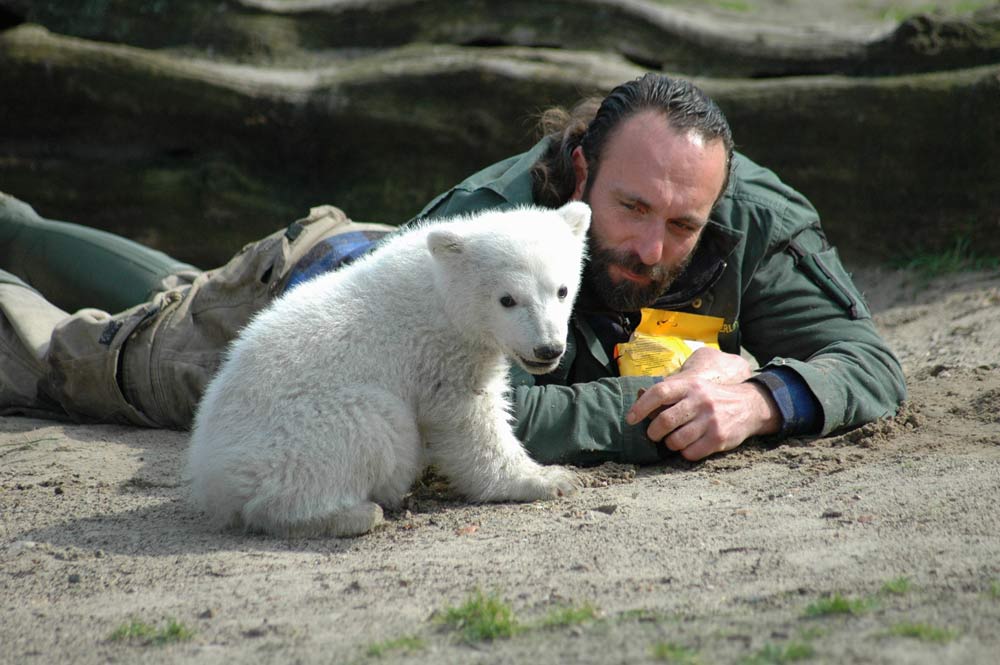
Polar bear Knut with his zookeeper Thomas Doerflein (who had died in 2008) on the day of the first public appearance of the little bear in March 2007.
Knut's Debut
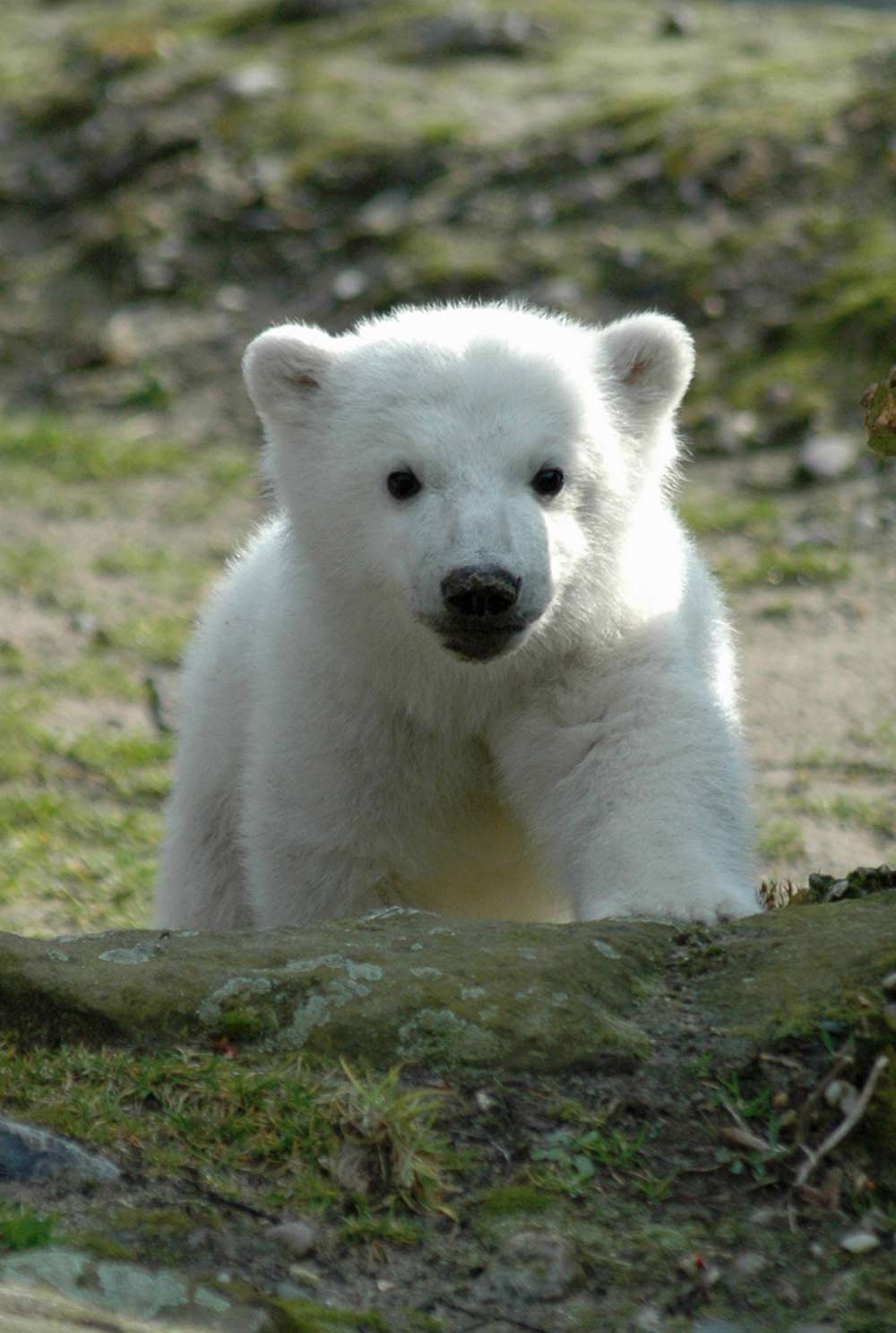
Knut made his first pubilc appearance at the Berlin Zoo in March 2007. He was born in captivity on Dec. 5, 2006.
Baby Needs
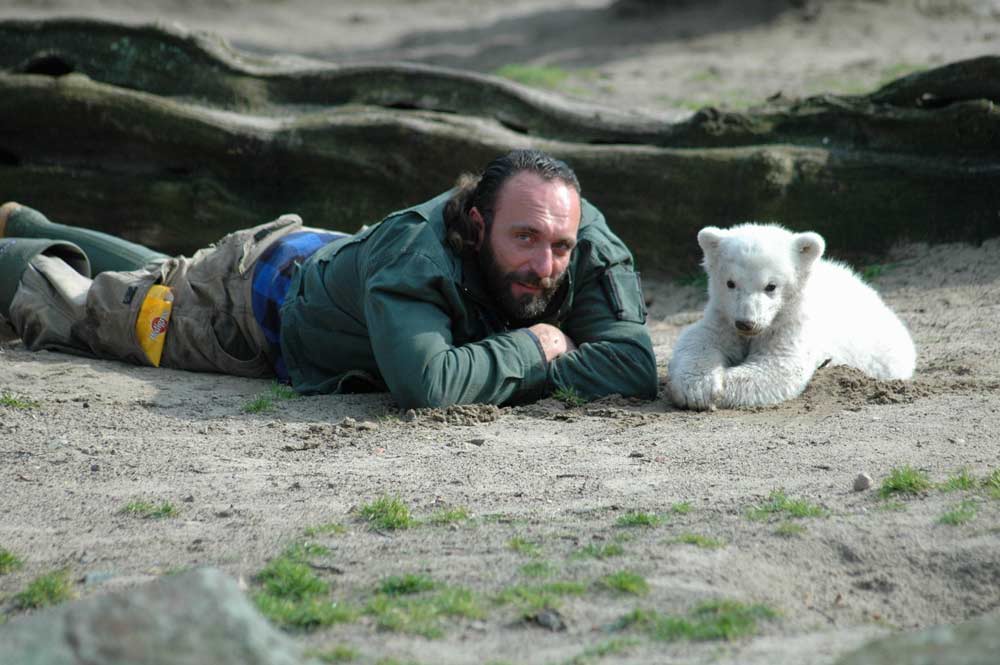
Zookeeper Thomas Doerflein cared around the clock for Knut at birth, reportedly sleeping on a mattress next to the tiny fluffball. For the first few months, he was feeding Knut every two hours with a bottle of baby formula mixed with cod liver oil.
Fluff-ball Knut
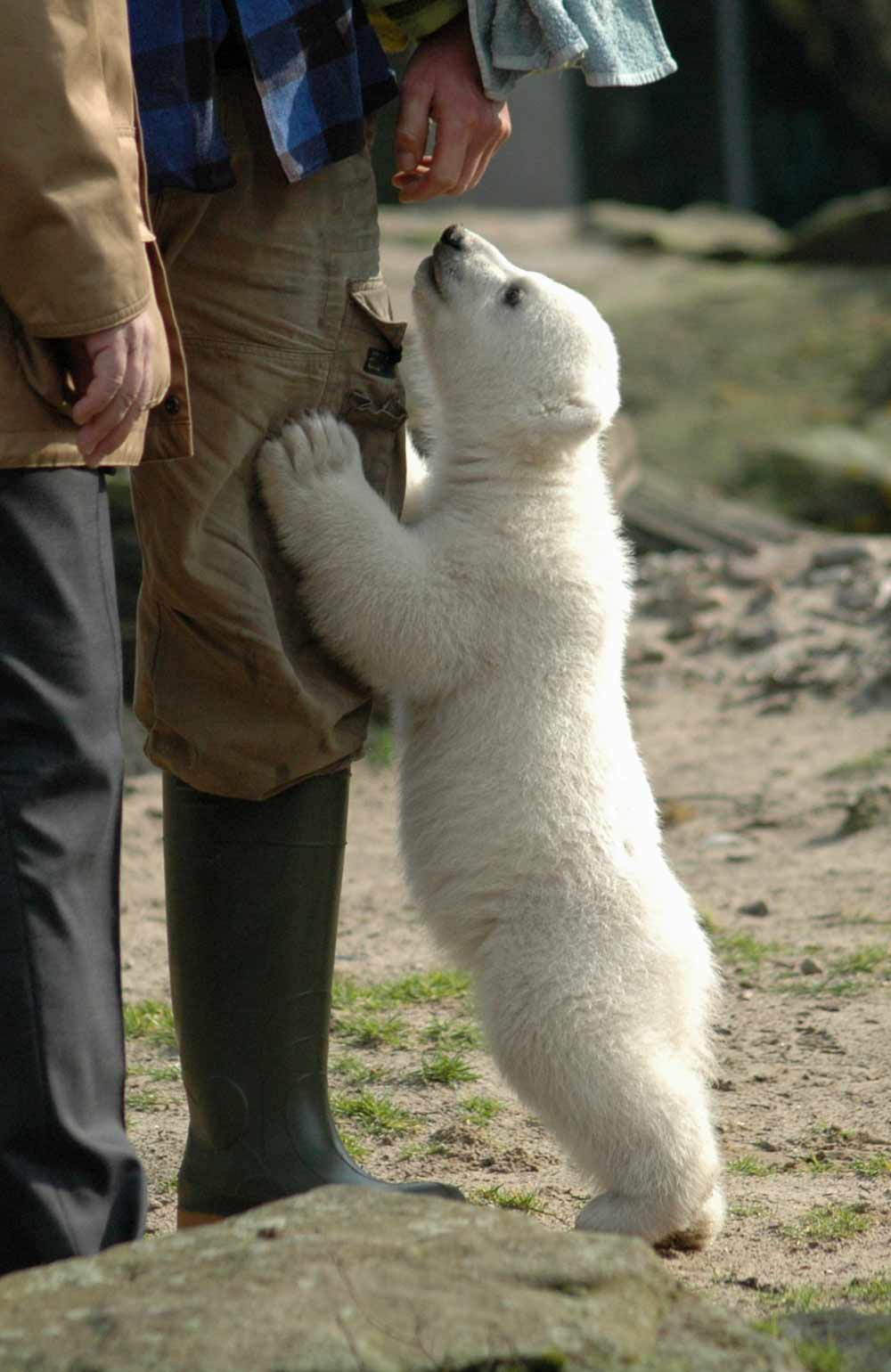
Knut weighed just 1.8 pounds (810 grams) at birth, but by age 2 he weighed some 440 pounds (200 kilograms). Here Knut is just a few months old.
Knut at the zoo
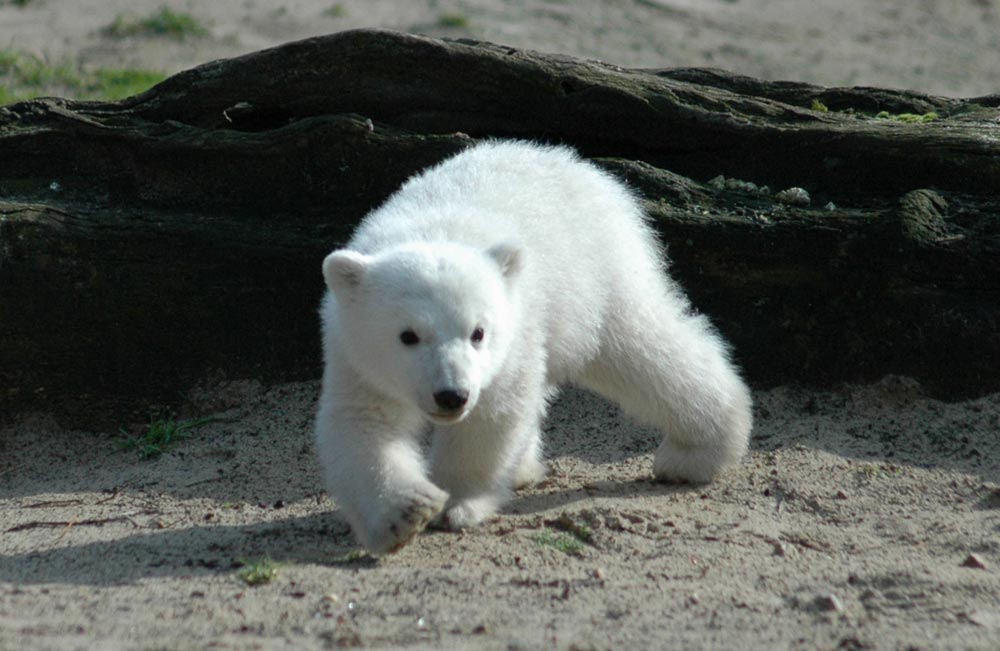
Even though Knut's fur looks white, his hair is really made of clear, hollow tubes filled with air.
Getting older
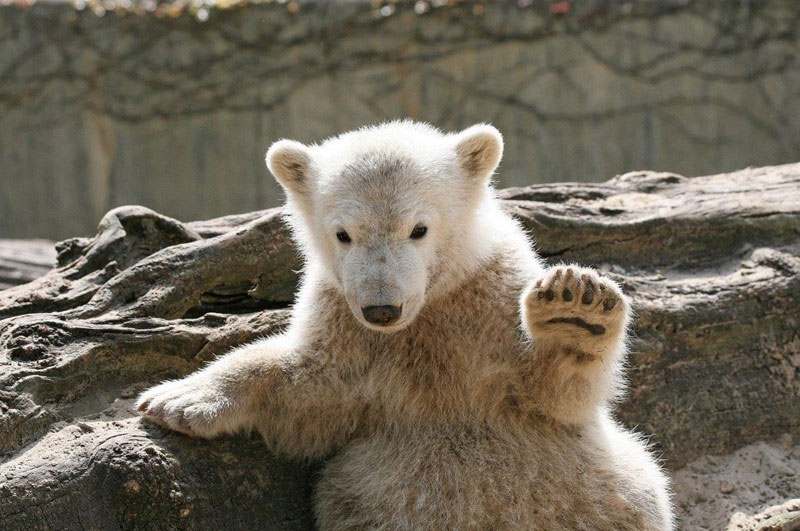
The Berlin Zoo's beloved polar Bear Knut, whose antics and cute demeanor charmed the world, died unexpectedly over the weekend, on March 19.
Knut at the zoo
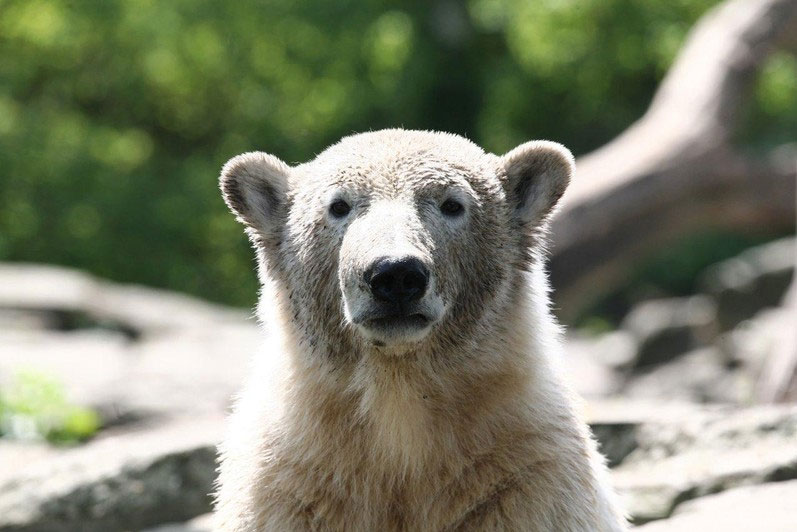
Knut at the Berlin Zoo.
Get the world’s most fascinating discoveries delivered straight to your inbox.
Knut
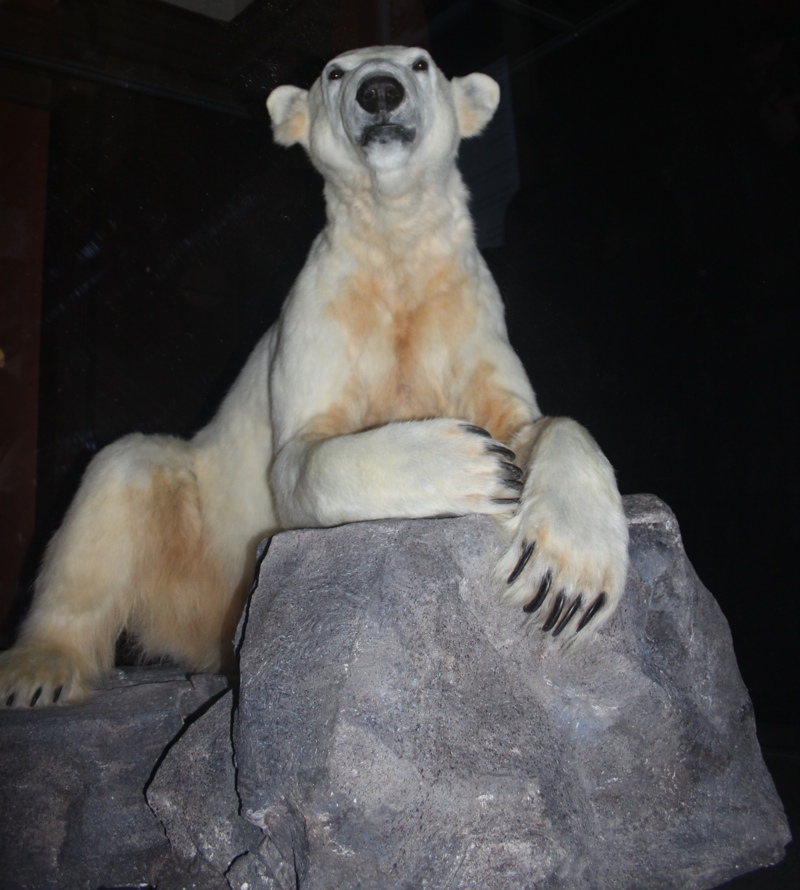
Here, polar bear Knut at the Leibniz Institute for Zoo and Wildlife Research Berlin (IZW).
Jeanna Bryner is managing editor of Scientific American. Previously she was editor in chief of Live Science and, prior to that, an editor at Scholastic's Science World magazine. Bryner has an English degree from Salisbury University, a master's degree in biogeochemistry and environmental sciences from the University of Maryland and a graduate science journalism degree from New York University. She has worked as a biologist in Florida, where she monitored wetlands and did field surveys for endangered species, including the gorgeous Florida Scrub Jay. She also received an ocean sciences journalism fellowship from the Woods Hole Oceanographic Institution. She is a firm believer that science is for everyone and that just about everything can be viewed through the lens of science.


